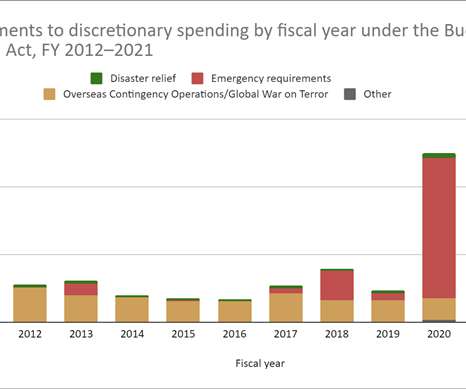New Book Review
Recovery Diva
OCTOBER 13, 2021
This textbook provides a multitude of case studies each written by academics who are actively teaching and/or have developed curriculum in the fields of crisis, disaster, and/or emergency management with a specific focus on vulnerable populations that are the weakest links in the hazard-risk chain.











Let's personalize your content